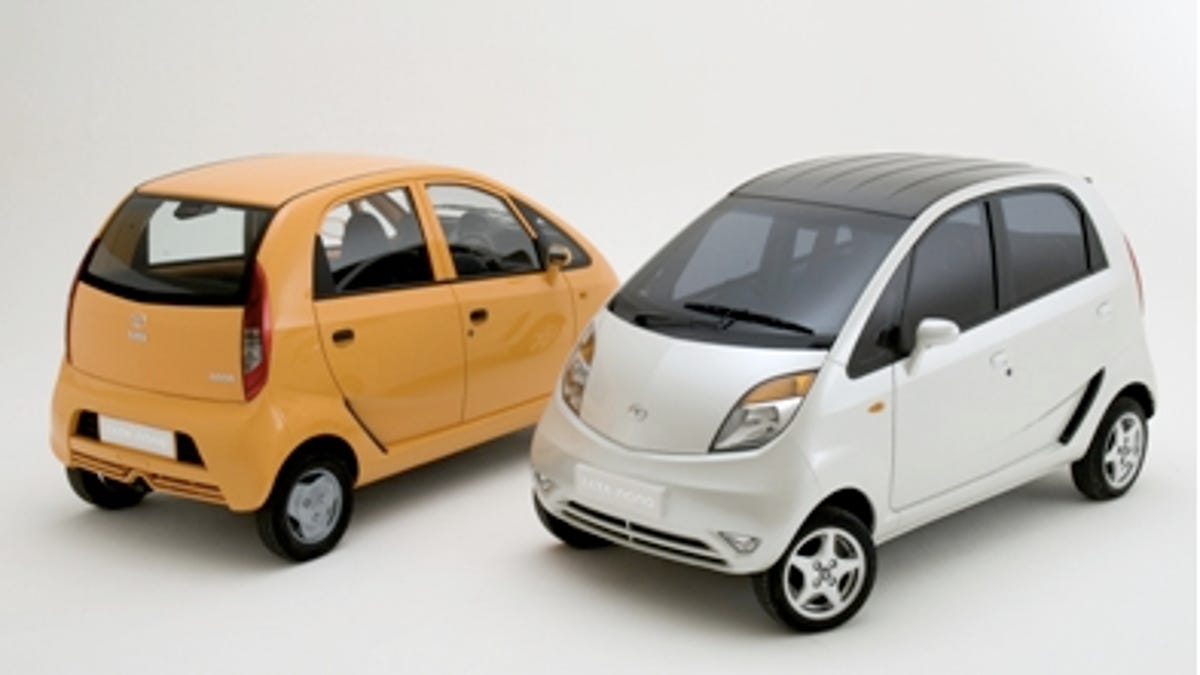MIT team chases sun in World Solar Challenge
MIT's Eleanor is low lung, highly aerodynamic, and covered by 6 square meters of silicon solar cells that generate 1,200 watts of electricity.

Calling any vehicle Eleanor is a bit cheeky, considering that it evokes the image of brawny Ford Mustangs made famous in the movie "Gone in 60 Seconds." In this case, it may even be ironic, since the car the MIT Solar Electric Vehicle Team is referring to is solar-powered, rides on three wheels, and tops out at 90 mph.
The Massachusetts Institute of Technology's latest competitor in the upcoming 10th World Solar Challenge couldn't be more different than its namesake. Its Eleanor is low slung, highly aerodynamic, and covered by 6 square meters of silicon solar cells that generate 1,200 watts of electricity. Onboard the car is a 6kWh lithium ion battery pack that stores enough power to travel from New York to Boston without the sun, or about 250 miles at around 55 mph.
But on a sunny day, the solar car can run nonstop at a cruising speed of 55 mph, and calculations show that it can reach 90 mph.
As impressive as these numbers sound, these calculations are theoretical. And it's not likely that MIT will place in the top three this year, in the seven-day race across nearly 2,000 miles of Australian outback.
The Dutch Nuon Solar Team has dominated the World Solar Challenge for the last four races. Eleanor is MIT's first solar vehicle in four years, having skipped the 2007 race due to debt and a dwindling team.
Last year, the team regrouped, found additional sponsors, and hit the drawing board once again. The MIT team is comprised mostly of undergraduate students. Freshman members have limited design experience and need to learn many of the engineering principles on the fly.
The team's operating budget is about $250,000, which is probably just a tenth of what the top teams spend, says team member Alexander Hayman. Less money means less-efficient solar cells, and they end up building many of their parts rather than outsourcing.
Although it has yet to win a WSC contest, MIT holds the record for the fastest American solar vehicle participating in the solar challenge. Other top U.S. teams participating include University of Michigan, Stanford University, University of Minnesota, and Principia College.
After the race, the MIT Solar Electric Vehicle Team plans on driving the car across the United States this summer. At least it won't have to bum money for gas on that road trip.
Here are the 2009 World Solar Challenge regulations:
- Vehicle propulsion may be derived only from direct solar radiation.
- Vehicles must fit within a box of the following dimensions: 5 meters in length, 1.8 meters in width, and 1.6 meters in height. (Current regulations stipulate that solar arrays can have an area of no more than 6 square meters.)
- The event is conducted between the hours of 8 a.m. and 5 p.m. daily, with teams setting up camp in the desert wherever they finish their day.
Source: Wired

